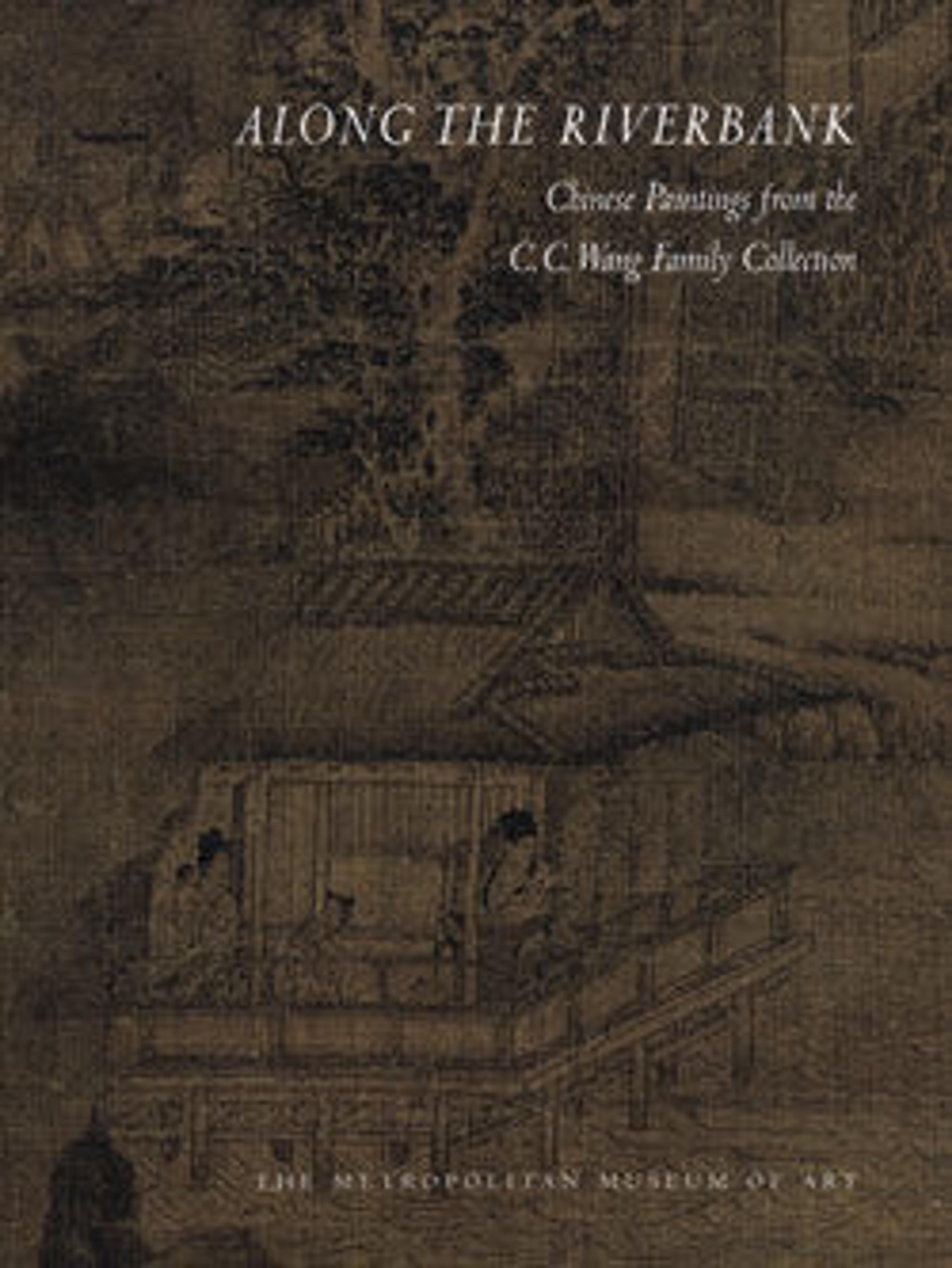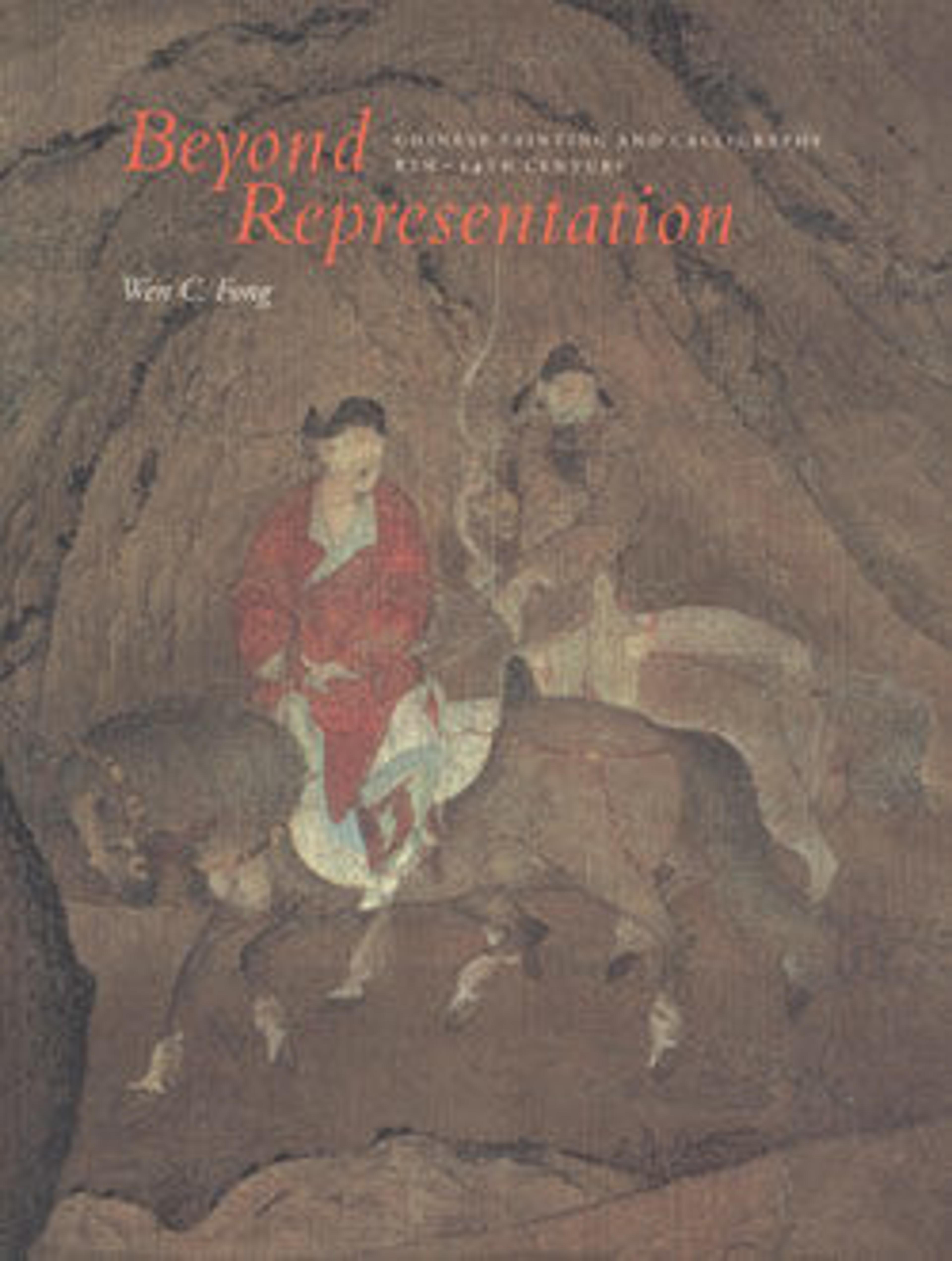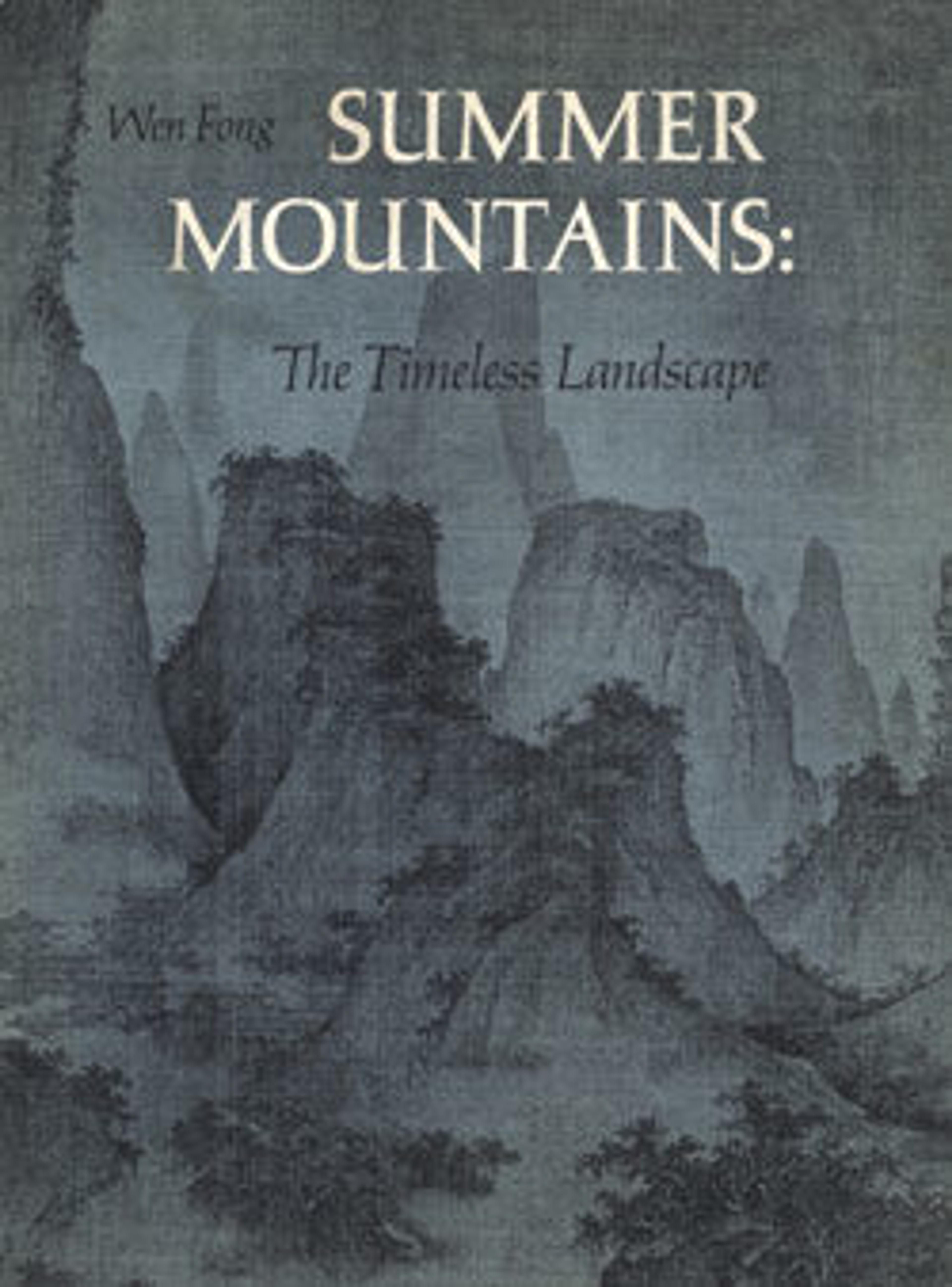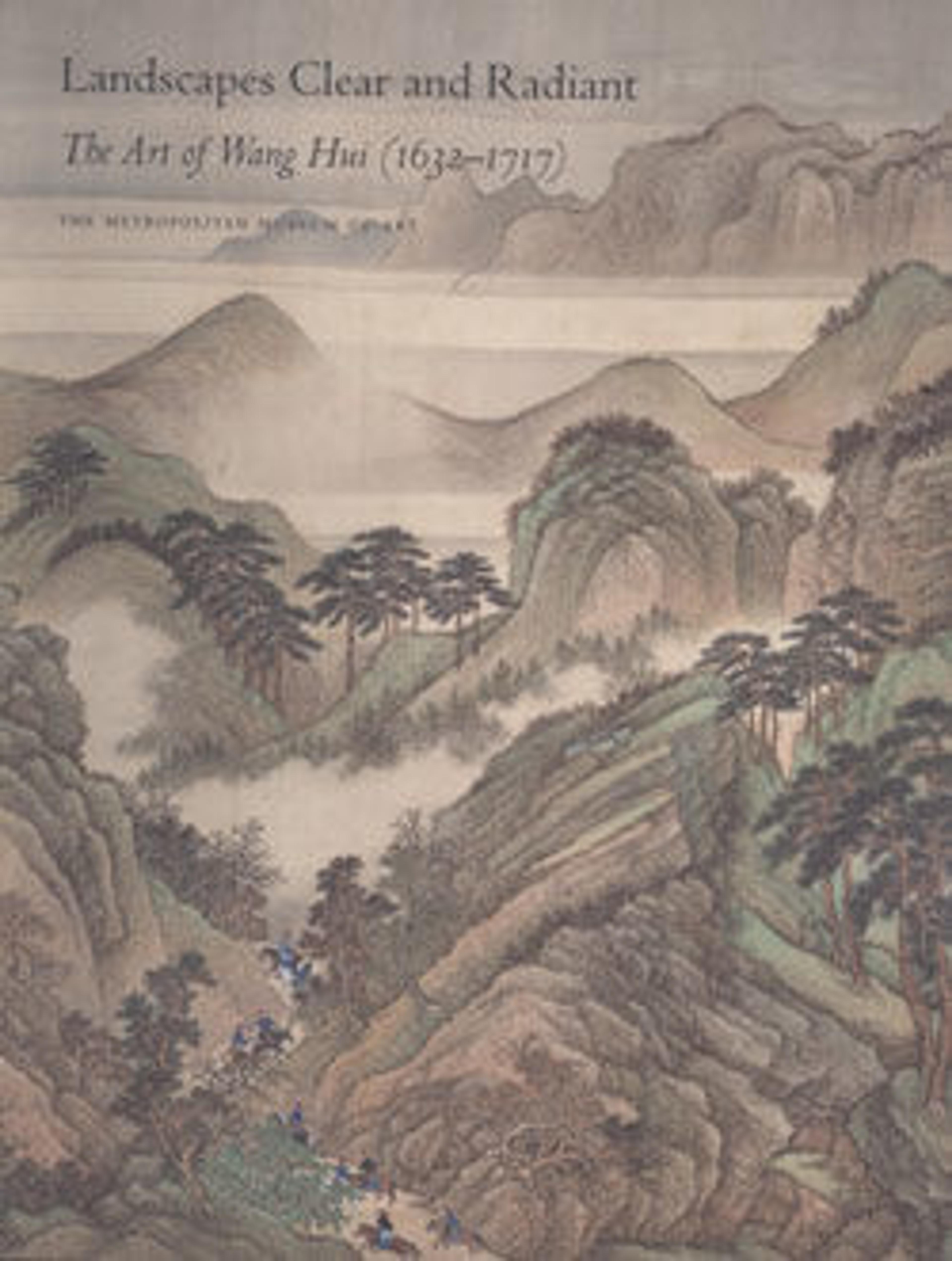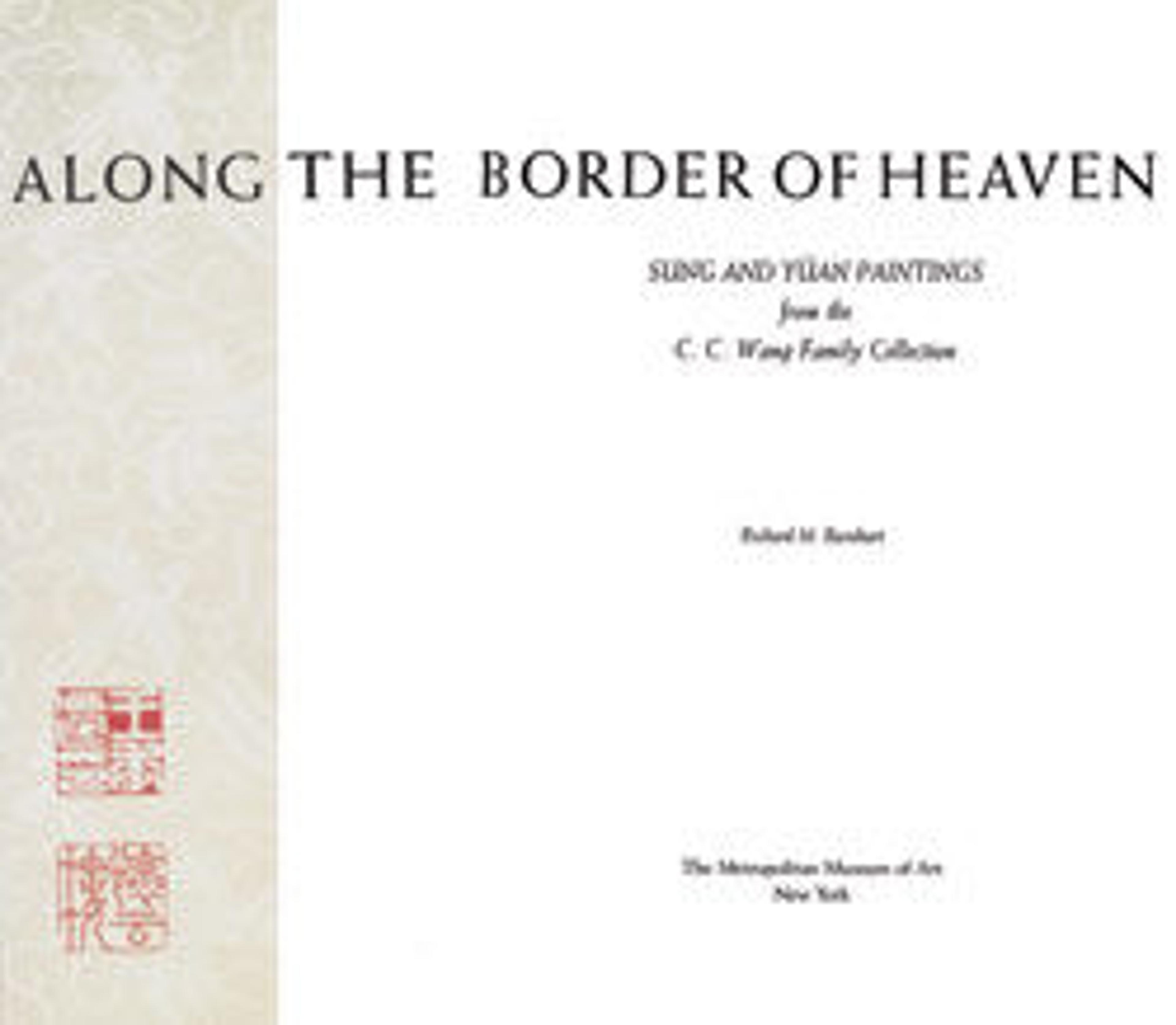
Along the Border of Heaven: Sung and Yüan Paintings from the C. C. Wang Collection
From the tenth century to the end of the Manchu Ch'ing dynasty early in this century, the dominant concern of the Chinese painter has been the natural world of landscape, trees and rocks, birds and animals, flowers and bamboo— "the myriad phenomena occasioned by consciousness," in the words of the eleventh-century art historian Kuo Jo-hsü. The older figure and narrative traditions remain vital for a time, during the period of the Sung (960–1279) and Yüan (1279–1368) dynasties, then rapidly declined, becoming the concern only of journeymen artisans and court chroniclers.
It is this watershed of Chinese art from the tenth through the fourteenth centuries, when the new art of landscape painting and bird and flower painting was born and the ancient traditions had their final flowering, that provides the historical context for this book. No attempt has been made, however, to provide a full historical background for the works discussed. A selection of some of the finest Sung and Yüan paintings from the collection of Wang Chi-ch'ien provides the only focus. These works have been grouped by subject matter and period, described and analyzed, and allowed to form their own network of relationships. Inevitably, there are imbalances and gaps. It is remarkable, nonetheless, that so complete a survey of Sung and Yüan painting can be written based on the collection of one connoisseur-collector. Few great museums outside of China could offer so rich and complete a selection.
Met Art in Publication
You May Also Like
Press the down key to skip to the last item.
Citation
Barnhart, Richard M. 1983a. Along the Border of Heaven: Sun and Yüan Paintings from C. C. Wang Family Collection [and from the Metropolitan Museum of Art, New York]. New York: Metropolitan museum of art.
